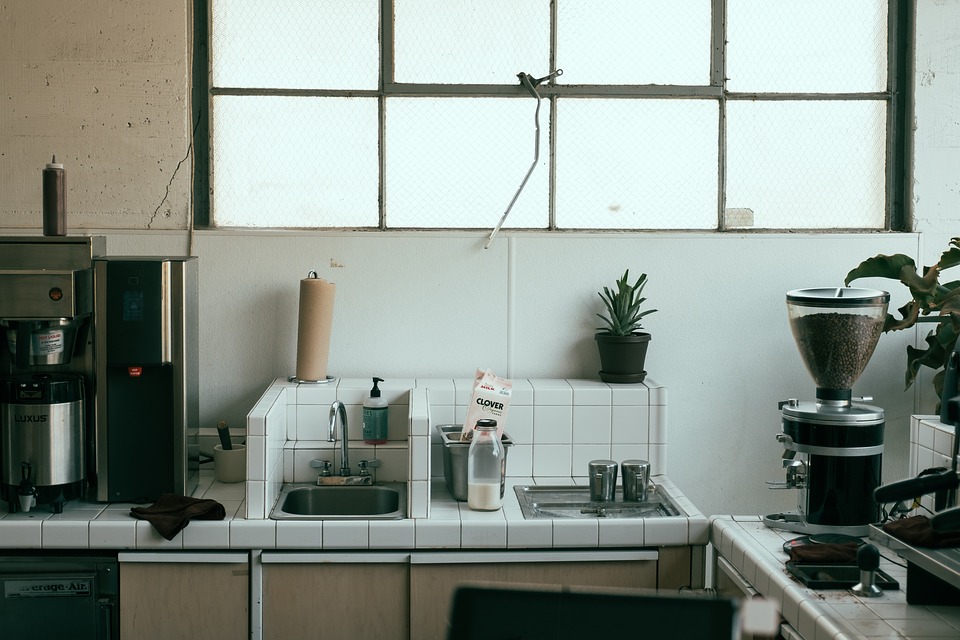The first thing that you need to know about steak knives is that they are different from ordinary knives. Steak knives are specifically designed to cut through steaks easily. If you use a regular knife to cut a steak, you will most likely get shredded pieces of meat instead of evenly cut slices.
Using the wrong knife can turn what should be an enjoyable dining experience into a frustrating one. So if you want to enjoy your steaks, you need to get yourself a good quality steak knife set.
Many prefer straight or non serrated steak knife set over a serrated one, especially those who are particular with the appearance of their steaks. Unlike serrated blades, straight blades do not have jagged edges, so you get perfectly cut steaks every time.
Also, you can sharpen non-serrated steak knives frequently so you will always have a sharp knife.
Here are some other things you need to consider when buying a non-serrated steak knife:
The Knife Should Fit Your Hand Well:
If you’re buying a non-serrated steak knife set for yourself, then you need to make sure that the handle can fit in your hand comfortably. This is why it’s advisable to check the handle and test the knife first before buying it.
Of course, this would be difficult if you are buying a set online. What you can do is to check the size and dimension of the handle and determine its shape. The presence of curves and edges can sometimes provide a better grip for a knife.
It’s essential to feel comfortable while holding and using the knife to make your experience of eating steak more pleasurable.
What is the Blade Made Of?
It’s also essential to determine the material of the blade. The best steak knives are those that are made from carbon steel. These knives are very durable, and they are also effortless to sharpen. However, they can be quite costly, so they are not ideal for people on a budget.
A cheaper alternative is a set of knives made from stainless steel. The best thing about stainless steel knives is their ability to resist rust. Stainless steel knives are also very durable and do not easily break.
A Set that Looks Good:
Last but not least, you should get a set of non-serrated knives that you will be proud enough to show off. If you like having guests over for steak dinners, then you should get a set of good looking knives that shows your exquisite taste and good aesthetic sense.
After all, eating steak is a multisensory experience. You should not only feed your mouth and tummy, but you should also take care of your eyes as well. The best non-serrated steak knife sets are real works of art. You will not mind displaying it in your kitchen.
Getting the best non-serrated steak knife set is vital if you value a good dining experience. A good set of steak knives will surely make eating steaks more enjoyable.
Read Also:






















